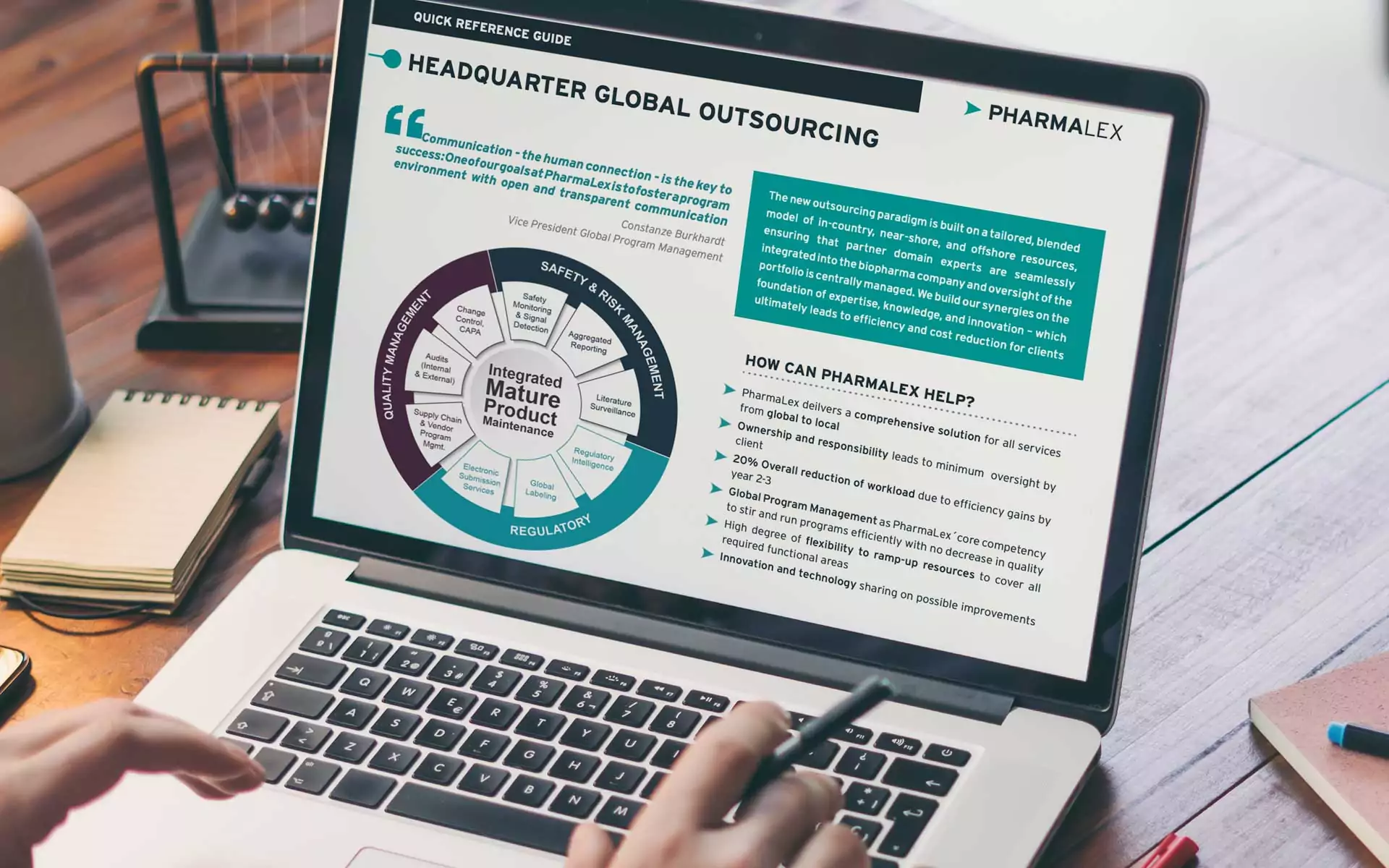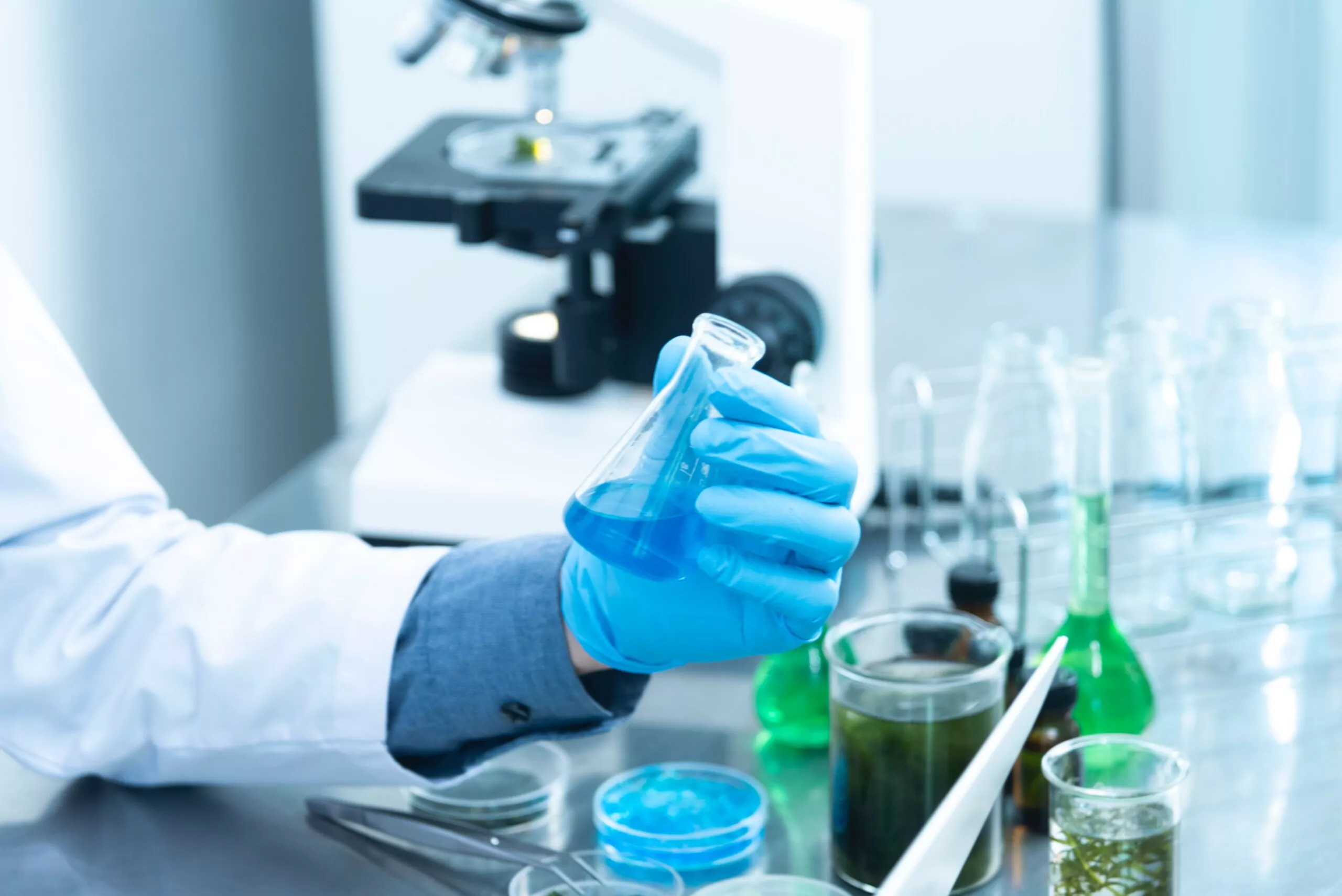Author: James Morrison
Magnetic Resonance Imaging (MRI) is a well-established diagnostic technology. Since its introduction in the early 1980s, it has been widely used and extensively developed. It has many of the capabilities of CT scanning, but without the hazard of ionizing radiation. It also has many advantages in tissue discrimination, lacking in other technologies.
As the name suggests, the technology depends on the magnetic properties (responses) of the body (and medical devices) to produce images. Those responses occur in the presence of a static magnetic field 10,000 times greater than the Earth’s magnetic field. We are all familiar with the movement of a compass needle in the Earth’s magnetic field. So, we can all imagine the implications for an implanted medical device in an MRI machine and even a non-implant device adjacent to the machine.
It is, of course, more complex than the above description implies. There are so many factors associated with MRI technology that it is difficult to know where to begin to describe them. It is sufficient to say that the interactions between the MR environment and medical devices are a multi-dimensional problem. Device complexity does nothing to lessen the scale of this problem. Active devices are extremely complex and require even more factors to be considered.
Medical devices, be they implantable or not, or active or passive, may be labelled for their compatibility with the MR environment. Some devices can be marked: “MR Safe.” These tend to be either plastic or ceramic devices, as will be shortly explained. Other devices will need to be marked: “MR Unsafe.” These tend to be made of ferrous metals. Still, other devices may be able to be marked: “MR Conditional.” For these devices, the MR conditions under which they can be used must be spelt out clearly.
This labelling depends on the following factors:
- Mechanical forces applied to the medical device by the magnetic fields:
- Translation (bulk displacement)
- Torque (twisting)
- Heating as a result of radiofrequency fields.
- Image artefacts.
- Electromagnetic interference (active medical devices only).
Naturally, there are standard test methods for most of these factors, some ASTM, some ISO, some EN. The complexity of the standardization reflects the complexity of the subject.
The key characteristics of a medical device that influence its MR compatibility (apart from its size) are the magnetic susceptibility, electrical conductivity and “Proton content”, and to a much lesser extent, thermal conductivity.
Mechanical forces are due to magnetic susceptibility. Materials are either attracted to or repulsed by a magnetic field. The extent to which this occurs is reflected by the scale and sign of the magnetic susceptibility. The following examples should fit with our common experience and reveal some new things.
| Material | (Volume) Magnetic Susceptibility (dimensionless) |
Electrical Conductivity (S/m) |
| Aluminium | +2.2×10−5 | 3.77×107 |
| Acrylic (PMMA) | −9.06×10−6 | – |
| Copper | −9.63×10−6 | 5.96×107 |
| Glass | −1.128×10−5 | 10−15 to 10−11 |
| Iron | +200 000 | 107 |
| Nickel | +600 | 1.43×107 |
| Vinyl (PVC) | −1.071×10−5 | – |
| Water | −9.035×10−6 | 5×10−4 to 5×10−2 |
| Rubber | – | 10-14 |
| Teflon (PTFE) | – | 10−25 to 10−23 |
As is commonly understood, Aluminum and plastics are not attracted to magnets; therefore, the magnitude of the susceptibility is very low. Plastics have a negative susceptibility, which means that they are repulsed magnets. This is never observed in common practice because the magnitude is too low.
The magnitude (and sign) of Iron and Nickel are evident and understood as they are very much attracted to magnets.
Note there are no materials listed that are very negative. Such materials are unfortunately not known to exist. If they were known, they would solve a lot of engineering problems including levitating monorail trains.
It is also of note that magnetic susceptibility has no correlation with other physical characteristics like electrical or thermal conductivity, density, melting temperature, elemental/compound, etc.
This should explain my earlier claim that some polymer or ceramic devices can be labelled as MR Safe. The magnitude of their susceptibility is too low to result in either translation or torque being measurable in the device.
You should also note that the susceptibility for Acrylic is very similar to Copper. The difference is only 6%, and the sign is the same. This means that two otherwise identical devices made of these materials would experience only a 6% difference in mechanical forces applied by the same magnetic field. Similarly, Vinyl and Glass which are only 5% apart, same sign. Given the magnitude of these values: 10-5 – 10-6, the scale of such differences would be undetectable.
As the human body contains a lot of water, the susceptibility of that substance is instructive. The body’s water will be exposed to mechanical forces about the same as an acrylic device, on a per-volume basis, but much less than an Iron device.
ASTM F2052 − 15 Standard Test Method for Measurement of Magnetically Induced Displacement Force on Medical Devices in the Magnetic Resonance Environment relates magnetically induced deflection force to device weight (force due to gravity). It provides a conservative reference point by noting that magnetically induced forces on an implanted device should pose no greater risk than normal daily activity in the Earth’s gravitational field.
It may be entirely appropriate to impute the mechanical force test results of one device to another device, where the materials have similar/same magnetic susceptibility. Depending on the scale of the susceptibility, the device design may not be particularly significant.
RF Heating, on the other hand, is dependent on the electrical conductivity of the object (device) in the moving field. Hence, with reference to the table again, devices that are made of polymers or ceramics, having very low conductivity, simply will not heat up. Conversely, metals are highly conductive of electrons and will heat up.
Thus, the conductivity of the body’s water is also instructive. That water will heat up more than a rubber device, on a per length basis, but much less than a Copper device.
Most medical devices that are evaluated for MR compatibility are smaller than the human body. But clearly, the relative scale of the device needs to be a factor in these considerations. In RF Heating testing, the water-based gel background (“phantom” body) increases in temperature (regardless of the device under test).
It may be entirely appropriate to impute the RF heating test results of one device to another device, where the materials have similar/same electrical conductivity.
Image artefacts are due (mostly) to “Proton deficiency.”
MRI was originally called Nuclear Magnetic Resonance Imaging. The “Nuclear” got dropped for marketing reasons, but it is nuclear in the sense that it is the resonance of the nucleus of the Hydrogen atom (aka the Proton) that was being detected.
Metals, and most ceramics, contain no Hydrogen or Protons, so there is no MR signal from them. They appear as dark areas on MR images. Contrast this with X-ray images, where metals (being radiopaque) cast a bright shadow. Organic materials (tissue & plastics) contain a lot of Hydrogen, as does water. That Hydrogen (or at least the nuclei thereof) resonates nicely, and images are produced. Hence MRI is “better” than CT for soft tissues.
The presence of materials with large susceptibility (metals) often results in distortion in the local static field. Distortion is also due to variations in susceptibility between metal and surrounding tissue (and other device materials), and the object size, shape and orientation with respect to the field.
The resulting “image artefact” is a picture of something that is not there. The diagnostic image will show distorted shapes and shadows that do not represent reality. A good example of this effect can occur with cardiac pacing leads. The device is about 4mm in diameter with a metal conductor overlayed with a silicone insulator and is about 50cm long. As implanted, it does not follow a straight path. At certain places along its length, its image appears about 2cm wide.
This loss of image fidelity is a safety issue, as the artefact can hide important information about the body, and particularly the device/body interface. Radiographers use terms like signal-intensity loss/voids, failure of fat suppression, geometric distortion, and bright pile-up to describe these artefacts.
It may be entirely appropriate to impute the image artefact test results of one device to another device, where the materials have similar/same magnetic susceptibility. But image artefacts are highly dependent on device geometry.
In summary, manufacturers considering MR compatibility validation should carefully examine the materials science aspects of their device (and others legally marketed) before proceeding to testing. It may be possible to justify/substantiate MR labelling positions without the considerable costs of experiments.
Manufacturers may find managing these matters – applying standards and complying with regulations and guidance – to be a challenge. Brandwood CKC experts are available to assist in all levels of medical device safety and compliance. Our experts may also be able to reduce the overall testing burden with our material science expertise, as our experience in understanding the expectation from the regulators globally.
Our team is here to support you, so please reach out to us for guidance and any assistance you require regarding MR Compatibility.
If you would like further information or are in need of support for these systems, please contact us.Contact us








